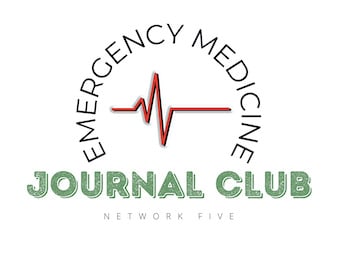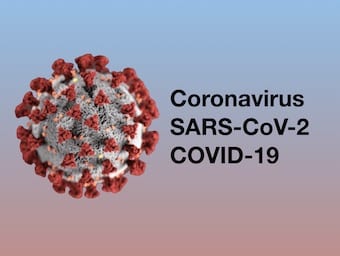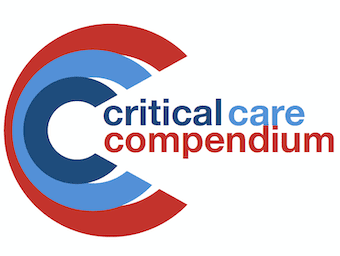
Network Five: Emergency Medicine Conversations
Network Five Emergency Medicine Conversations Episode 24 - an interview with Dr Amith Shetty on medical administration, leadership, and more!

Network Five Emergency Medicine Conversations Episode 24 - an interview with Dr Amith Shetty on medical administration, leadership, and more!

Why science by press release is bad, despite optimism about the findings of the Recovery trial and the role of dexamethasone in the management of COVID-19.

Overcoming uncertainty in the Age of COVID-19. Part 7 of the "COVID-19: Keeping the baby in the bath" series.

Have you ever submitted a scientific paper to a journal? Here are some insights into the Herculean labours of getting a paper published in a medical journal (with MJA excerpts).

Animal and laboratory studies form the lowest level of evidence for informing clinical decisions

Randomisation is the process of assigning clinical trial participants to treatment groups such that each participation has a known (usually equal) chance of being assigned to any of the groups

Broad overview of the complicated process of conducting a clinical trial. Conducting a clinical trial can be conceptualised as having 14 key steps

Non-experimental observational study design used to assess the effect of an intervention based on comparison of outcomes prior to its use and afterward

Types of study design arranged by level of evidence, from low to high

Retrospective studies are designed to analyse pre-existing data, and are subject to numerous biases as a result. Types of retrospective studies include: case series; retrospective cohort studies; case-control studies

Outcome measures are important for research and quality control; clinically meaningful outcomes measure how patients feel, function or survive, e.g. mortality, quality of life

Phases of clinical research are the steps taken to gather evidence to determine whether a novel intervention or treatment is safe and effective for clinical use